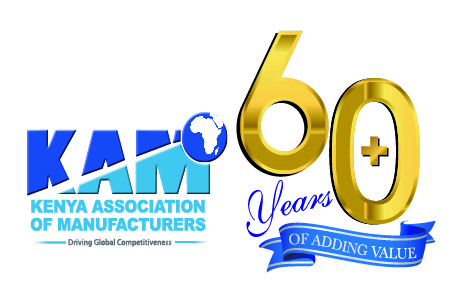Developing skills critical to Kenya’s industrial growth
By Joyce Njogu
According to a World Bank 2017 report, the East African region risks missing its long-term economic growth targets due to a widening disconnect between labour market skills needs and the graduates of higher education institutions. This is despite heavy investment by East African countries – in skills development, and public expenditure on education, which absorbs about 15% of total public spending and nearly 5% of gross domestic product. The report paints a grim picture of the availability of employable skills especially for industry such as technical mastery and artisanship.
Businesses in most countries often point to the failure of education and training systems to provide the skills they need. There is often a mismatch between skills supplied and skills demanded in the labor market. Industries that understand their current, immediate and future needs and those able to identify the opportunities presented by the ever-changing market place, will be best placed to capture the best skills in the pool. Today, new technologies, higher quality standards in world markets, flexible production processes, the pressure of global competition, the emergence of e-commerce and Industry 4.0 mean that the skill level for gaining and maintaining a competitive edge in businesses and industries is rising continuously.
Investment in skill development played a very important role in the Asian Tiger economies and the earlier miracles in the development of the Japanese and North American economies. Kenya must create an enabling environment that accelerates our socio-economic development through productivity enhancement. The primary strategy towards this end would be the development of our human resources to achieve a multiplier effect that will expedite economic reforms. Globally, several countries such as Finland Germany, Switzerland, Austria and Netherlands, have taken steps to strengthen policy guidance and regulatory frameworks for technical and vocational education and training. This has also enabled them tackle youth unemployment.
In Kenya, the government has in its budget for 2018/2019 financial year, allocated Sh444.1 billion towards education, with a focus on expansion of TVET infrastructure. This illustrates government’s commitment towards the provision of quality and relevant education and training. Kenya Association of Manufacturers (KAM) has for two years now, partnered with the Germany Technical Cooperation (GIZ) in the Technical and Vocation, Education and Training (TVET) Program. The program seeks to influence the policy direction regarding technical training towards demand-driven technical education in Kenya.
For our nation to realize Vision 2030, there has to be a focused attention towards building the human capital that will drive the industries through skills development. Primarily, the manufacturing sector is the guaranteed provider of productive, sustainable jobs. We cannot solve the unemployment menace in the country with rudimentary skills; we must secure the future of industry through practical cutting-edge skills for job creation.
Research by UNESCO reveals that, sub-Saharan Africa has the highest rates of education exclusion. Over one-fifth of children between the ages of about 6 and 11 are out of school, followed by one-third of youth between the ages of about 12 and 14. There is need therefore for young people in the region to discard the notion, that vocational education is an inferior education option. Vocational training is a sure way for developing nations to industrialize at a faster rate. Developing countries could minimize skills mismatches by placing greater emphasis on TVET.
Human Capital is one of the biggest investments of any industry. It is important that skills development and other investments comprise one of the factors necessary for productivity and growth. Continued improvement of productivity is also a condition for competitiveness and economic growth and therefore poverty reduction. As a country, we indeed face the possibility of a ‘skill divide’, which will be even more threatening to our development prospects than the ‘digital divide’.
The writer is Head of KAM Consulting at Kenya Association of Manufacturers. She can be reached at info@kam.co.ke.
Looking for elevation? KAM lifts you up.
- Direct technical assistance
- Capacity building programmes
- Networking and mentorship
- Industry insights & analysis
- Trade & export development services
